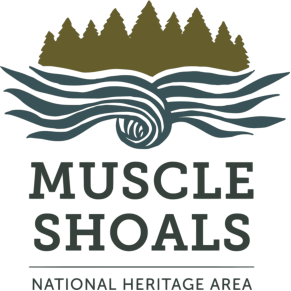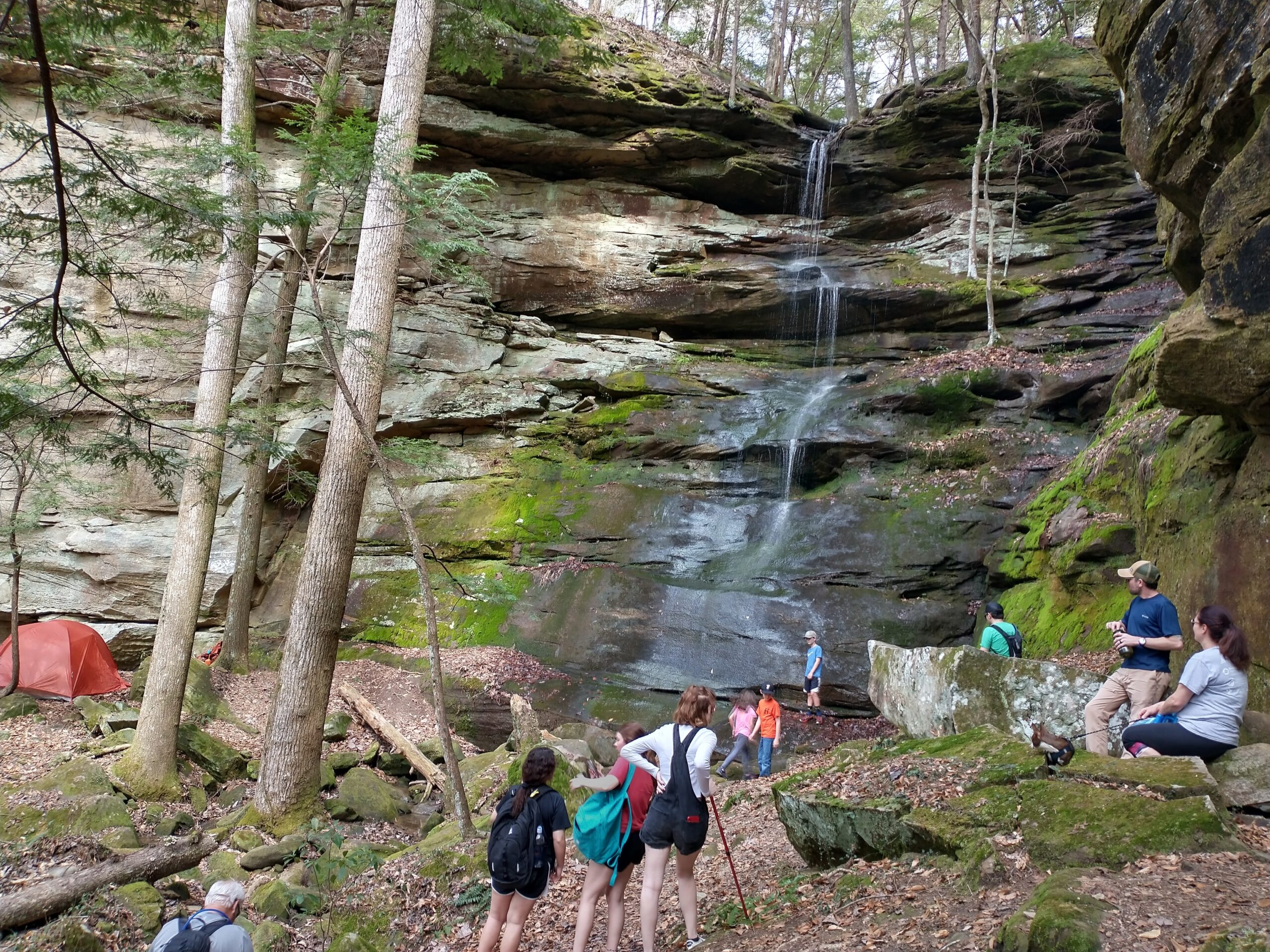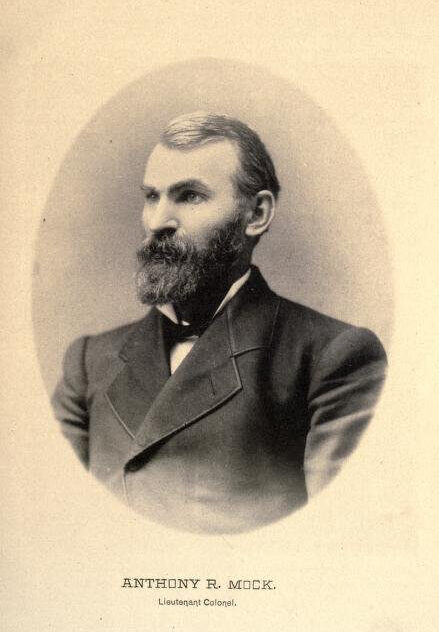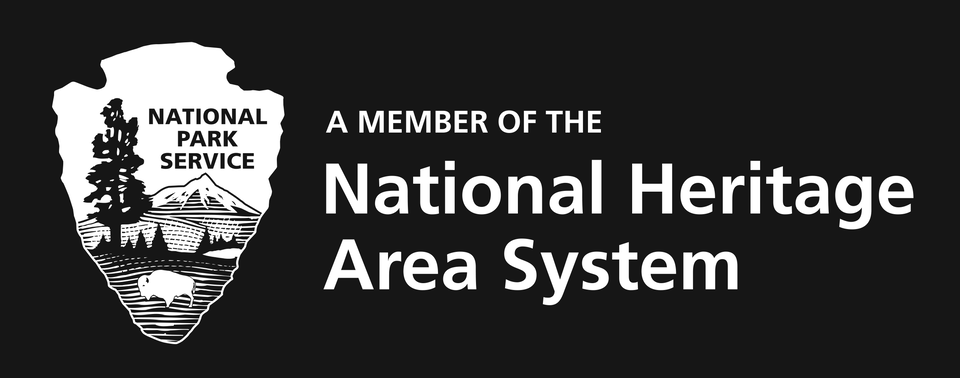By Carrie Crawford
Direction, Muscle Shoals National Heritage Area
Within the six counties (Colbert, Franklin, Lauderdale, Lawrence, Limestone and Morgan) that make up the MSNHA, recreational opportunities abound! Because of the COVID-19 situation, many of us are staying close to home. What a great opportunity to get out and explore our parks. We love the new mountain biking trail at Joe Wheeler State Park, the horse trails in Bankhead National Forest and kayaking Cypress Creek – and all the places in between.
In addition to being great places to get outside, our parks and creeks and forests also have their own stories and histories. In this new blog series, we’ll look at the history of some of the recreational areas across the MSNHA, starting today with Bankhead National Forest.
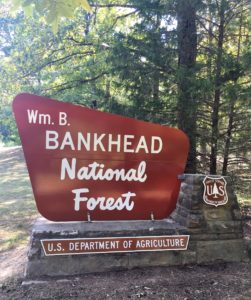 Bankhead National Forest is one of four national forests in the state of Alabama. National forests are administered by the US Forest Service, which operates under the US Department of Agriculture. Bankhead includes 181,987 acres of land, which are in two MSNHA counties—Lawrence and Franklin—as well as in Winston County. The forest is full of waterfalls, gorges, rock bluffs, old growth trees and over 90 miles of hiking trails. It is incredibly bio-diverse in regards to trees, animals and plant life.
Bankhead National Forest is one of four national forests in the state of Alabama. National forests are administered by the US Forest Service, which operates under the US Department of Agriculture. Bankhead includes 181,987 acres of land, which are in two MSNHA counties—Lawrence and Franklin—as well as in Winston County. The forest is full of waterfalls, gorges, rock bluffs, old growth trees and over 90 miles of hiking trails. It is incredibly bio-diverse in regards to trees, animals and plant life.
Like many locations in north Alabama, Bankhead Forest was once home to indigenous people. The rivers and the forest provided sustenance and the caves and rock shelters gave shelter. Petroglyphs and other archeological sources suggest that American Indians lived in the forest beginning at least 8,000 years ago – and maybe longer. However, beginning in the 16th century, waves of Euro-American explorers and settlers began to erode native control of lands and create conflict. The Indian Removal Act of 1830 led to a dramatic decrease in the American Indian population across Alabama as people were pushed westward against their will. Wild South, a non-profit founded in Moulton in the 1990s, has helped preserve many indigenous sites in the forest and ensure that forest management is focused on the restoration of native forest communities.
As Euro-Americans arrived in northwest Alabama in the late 18th and early 19th centuries, some of them settled within the boundaries of today’s national forest. Visiting the forest, you can see evidence of these early settlers. Constructed in 1850, the Pine Torch Church stands in the midst of the forest. Old wagon roads still are visible on the landscape – today serving as trails for hikers and equestrians. While the plantation home of the Gillespie family is long gone, visitors to the Gillespie family cemetery can see new markers marking 19th–century burials, the earliest dating to 1849. The terrain of what is today Bankhead National Forest made any large-scale farming difficult. In fact, when the land was surveyed in 1913 ahead of the federal purchase of much of the forest in 1914 (the Alabama Purchase Unit), only 8% of the 150,000 acres was being farmed or had been farmed in the past.
One of the practices Euro-Americans brought with them as they made their homes in Alabama was logging. Across the South, logging became a huge industry that resulted in widespread devastation. Waterways silted and flooded, topsoil eroded away and old growth forests disappeared. But, luckily, 92% of the 150,000 acres in the Alabama Purchase Unit had never been logged. This means that even today, over 100 years later, there are sections of old growth forest in Bankhead.
The forest officially became a national forest on Jan. 15, 1918, when President Woodrow Wilson created the Alabama National Forest. By 1924, fire towers had been constructed, a ranger station established in McDowell Cove and a supervisor’s office opened in Moulton. The forest service continued to purchase private land within the forest boundaries. Recreational usage began in the 1920s, with hunters and fishermen taking advantage of the forest’s abundant wildlife.
The Great Depression had devastating effects on the economy of the United States. But, in many ways, it ended up being a significant opportunity to improve local, state and national parks and forests. The creation of the Civilian Conservation Corps in 1933 put millions of men back to work on projects across the nation (women were not allowed to join the CCC). In the Alabama National Forest, the CCC built roads, dams, firebreaks and bridges; maintained telephone lines; constructed fire towers; fought forest fires; and developed recreation areas.
opportunity to improve local, state and national parks and forests. The creation of the Civilian Conservation Corps in 1933 put millions of men back to work on projects across the nation (women were not allowed to join the CCC). In the Alabama National Forest, the CCC built roads, dams, firebreaks and bridges; maintained telephone lines; constructed fire towers; fought forest fires; and developed recreation areas.
The name of the forest changed two more times – first in 1936 to the Black Warrior National Forest and second in 1942 to the William B. Bankhead National Forest. William Bankhead served in the US House of Representatives from 1917 to 1940, and held the position of Speaker of the House from 1936 to 1940.
In 1975, the forest became home to the Sipsey Wilderness area. The Wilderness Act of 1964 created a mechanism for Congress to designate areas where “the earth and its community of life are untrammeled by man.” Areas designated as wilderness cannot be logged and motorized vehicles and equipment are only allowed in with special permission. The Sipsey Wilderness was expanded in 1988 and now includes 25,770 acres of land. The Sipsey Fork of the West Fork River is Alabama’s only federally designated Wild and Scenic River.
Today, the forest is home to many recreational opportunities. Visitors camp, hike, gravel ride, mountain bike, ride horses and ATVs, kayak, canoe and more! We’ve recently discovered the Owl Creek Trail System, which has over 25 miles of trails designed for horseback riding, hiking and mountain biking and — we love it! If you hike or bike on the trails, be mindful of horses and yield to them. If you are interested in exploring the Sipsey Wilderness, you can access many trails from the Sipsey Trailhead parking lot or you can park at the Braziel Trailhead to hike trails in the northern part of the wilderness. No matter where you go in the forest, remember to bring a map and always “Leave No Trace”!
For more information:
Mohlenbrock, Robert H., and MIKE DOMBECK. “NATIONAL FORESTS IN ALABAMA.” In This Land: A Guide to Eastern National Forests, 1-18. University of California Press, 2006.
U.S. Forest Service “History and Culture” Bankhead National Forest https://www.fs.usda.gov/detail/alabama/learning/history-culture/?cid=fsbdev3_002553
Sipsey Fork of the Black Warrior River https://blackwarriorriver.org/river-facts/
Wild South https://wildsouth.org/
